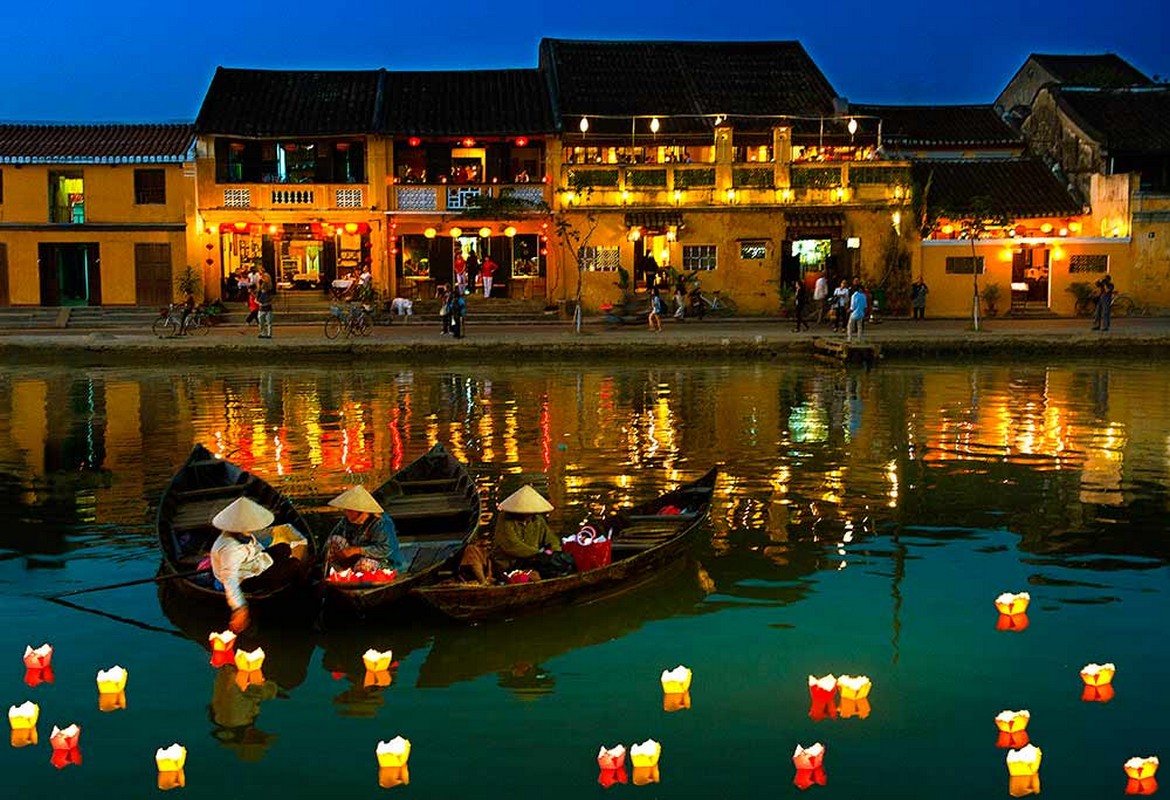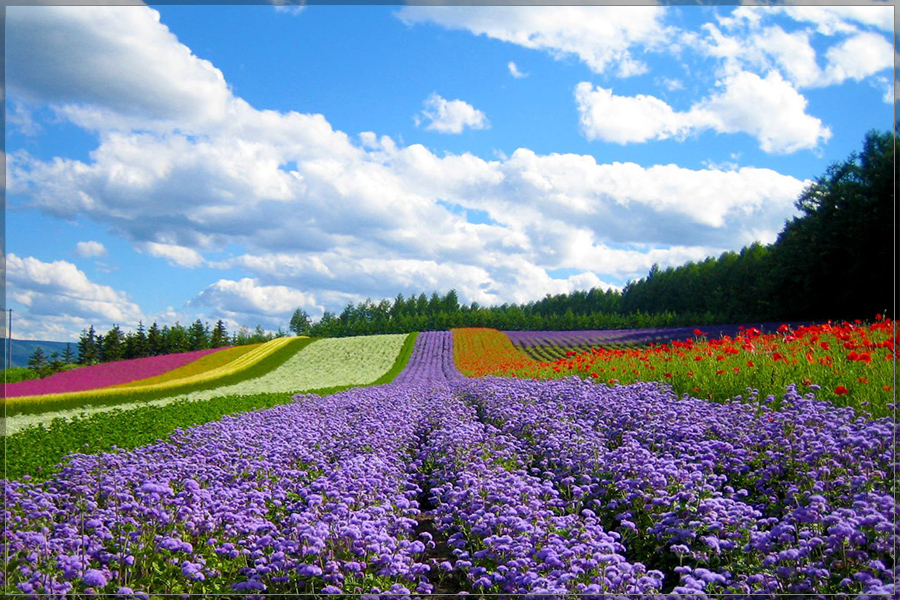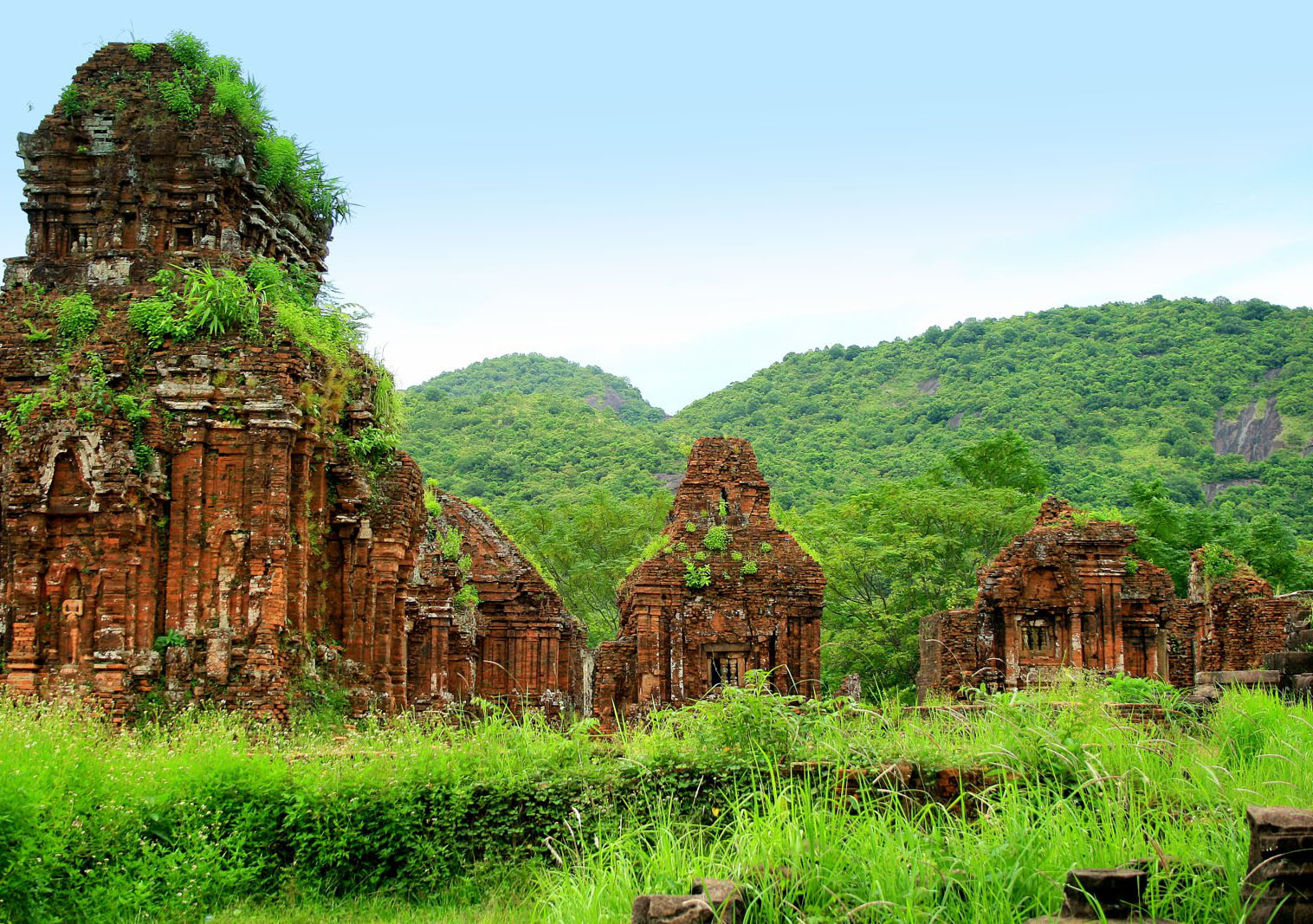My Son

Hoi An
29/10/2016
Da Lat
29/10/2016The My Son Sanctuary overwhelms visitors with its exquisite beauty. Located nearly, 70 kms from Danang City and 45 kms from Hoi An Old’s Town, these temples were the religious and cultural hub of the ancient Kingdom of Champa. Built between the 4th and 13th centuries, at its peak, the compound contained over 70 temples and the mausoleum of kings and highranking priests.
 Ancient Cham craftmen and workers used baked bricks and sandstone to craft a gigantic and unique architectural gem. Until now, the sophistication of the sandstone and brick reliefs carved in site hold researchers enthralled. Scientists remain unsure how the Cham joined their bricks together so securely that they have withstood the test of time.
Ancient Cham craftmen and workers used baked bricks and sandstone to craft a gigantic and unique architectural gem. Until now, the sophistication of the sandstone and brick reliefs carved in site hold researchers enthralled. Scientists remain unsure how the Cham joined their bricks together so securely that they have withstood the test of time.
Deeply influenced by Hinduism, My Son exemplifies a Southeast Asian adaptation of Hindu architecture. The compound boasts many architectural flourishes inspired by Buddhism. As of the 10th century, Mahayana Buddhism exerted a profound impact on the Cham. However, the key objects of worship at My Son were the God Siva and Linga ( a symbol of Siva)- the patron god of all Champa kings. Bhadresvara, the founder of the first clan of kings in Amaravati in the late 4th century, was also worshipped here. His cults were combined with the cults of Siva to form the mainstream godking cult of the Cham people.
 In the My Son Sanctuary, temples towers are divided into clusterrs, which correspond with their dates of construction and follow a single rule. Each cluster of temple is includes a tower-main hall (Kalan) surrounded by lesser towers and collateral structures. The Main Hall symbolizes Mount Meru, the hub of the universe, a gathering place for deities and the worship hall of Siva. Surrounding temples were delicated to guardian gods of the heavenly directions. Other buildings included tile-roofed temples where pilgrims prepared and stored their offerings.
In the My Son Sanctuary, temples towers are divided into clusterrs, which correspond with their dates of construction and follow a single rule. Each cluster of temple is includes a tower-main hall (Kalan) surrounded by lesser towers and collateral structures. The Main Hall symbolizes Mount Meru, the hub of the universe, a gathering place for deities and the worship hall of Siva. Surrounding temples were delicated to guardian gods of the heavenly directions. Other buildings included tile-roofed temples where pilgrims prepared and stored their offerings.
For centuries, the My Son Sanctuary was forgotten. It was not until late 19th century that the site was rediscovered and studied. During decades of warfare, many constructions were devastated by bombings. While most of the temples were left in partial ruins, they remain invaluable vestiges of the past and allow us to learn more about the evolution of ancient Champa arts.
The undeniable charm of Champa sculpture and architecture results from various elements. As well as being influenced by Hinduism, local designs and the artists’ creativity combined to create vivid artworks. In 1999, UNESCO registered the My Son Sanctuary Site as a World Cultural Heritage Site that is “a typical example of cultural exchanges’ and “the only evidence of a lost Asian civilization”. Today, My Son is in no danger of disappearing. This site is a priceless treasure for Vietnam and humankind as a whole.

